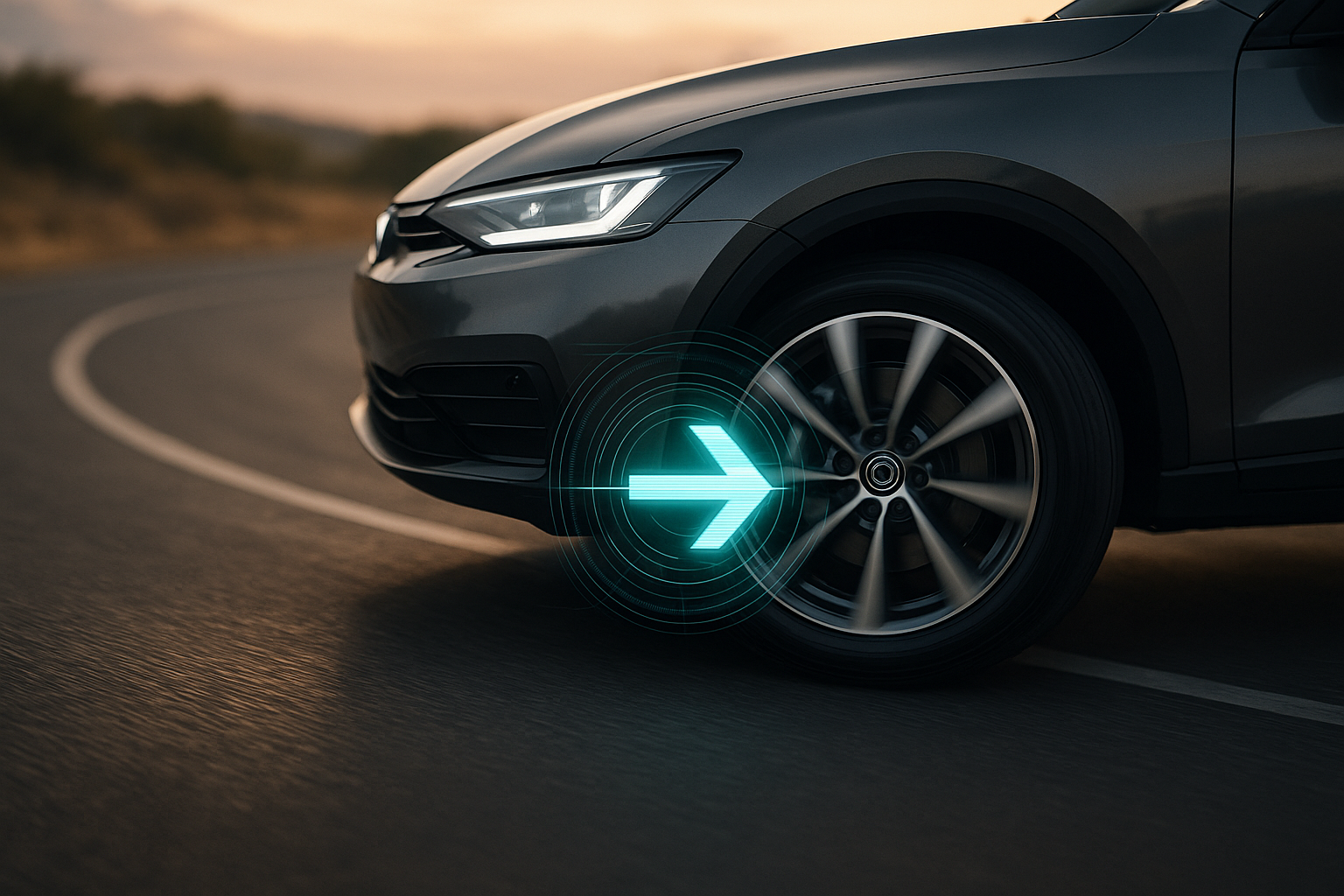Torque Vectoring: Steering into the Future
The future of automotive handling is here, and it's called torque vectoring. This advanced technology is changing the way cars handle the road, offering precision and control like never before. The concept of torque vectoring is not entirely new. It has its roots in the differential, a mechanical device that allows the wheels of a vehicle to rotate at different speeds, which is crucial when turning. The differential was first patented in England in 1827, and it has been a staple of automotive engineering ever since. Torque vectoring is essentially a much more sophisticated and computer-controlled version of this centuries-old idea.

The Science Behind it: How Torque Vectoring Works
In a nutshell, torque vectoring technology works by individually controlling the amount of power sent to each wheel. This is done using a series of sensors that monitor parameters such as wheel speed, steering angle, and lateral acceleration. Based on this data, an onboard computer can then adjust the torque distribution in real-time, improving handling and stability.
The Present: Torque Vectoring in Today’s Automotive Industry
Today, torque vectoring technology is increasingly being integrated into both performance and mainstream vehicles. It’s a feature that manufacturers often market as a selling point, enhancing driving dynamics and safety. For example, Audi’s quattro with sport differential and Acura’s Super Handling All-Wheel Drive (SH-AWD) are prime examples of this technology in action.
The Impact: Benefits and Challenges of Torque Vectoring
Torque vectoring brings several benefits to the table. Firstly, it improves cornering precision and stability, making the vehicle feel more agile and responsive. Secondly, it can enhance safety by preventing understeer or oversteer situations.
However, like any technology, it also comes with its own set of challenges. The system’s complexity means that it can be expensive to implement and maintain. Additionally, as it relies heavily on electronics, it may be more prone to malfunctions than traditional mechanical systems.
Looking Ahead: The Future of Torque Vectoring
As we move forward, it’s clear that torque vectoring will play a significant role in the advancement of automotive handling. Developments in software and sensor technology will likely make these systems even more effective and widespread. Furthermore, as electric vehicles become more prevalent, the potential for individual wheel control will open up exciting new possibilities for torque vectoring.
In conclusion, torque vectoring represents an exciting frontier in automotive technology. By delivering enhanced control and safety, it’s a feature that truly puts the driver in the driver’s seat, offering a dynamic and engaging driving experience. As we look to the future, it’s thrilling to imagine the further advancements that await us in this field.




